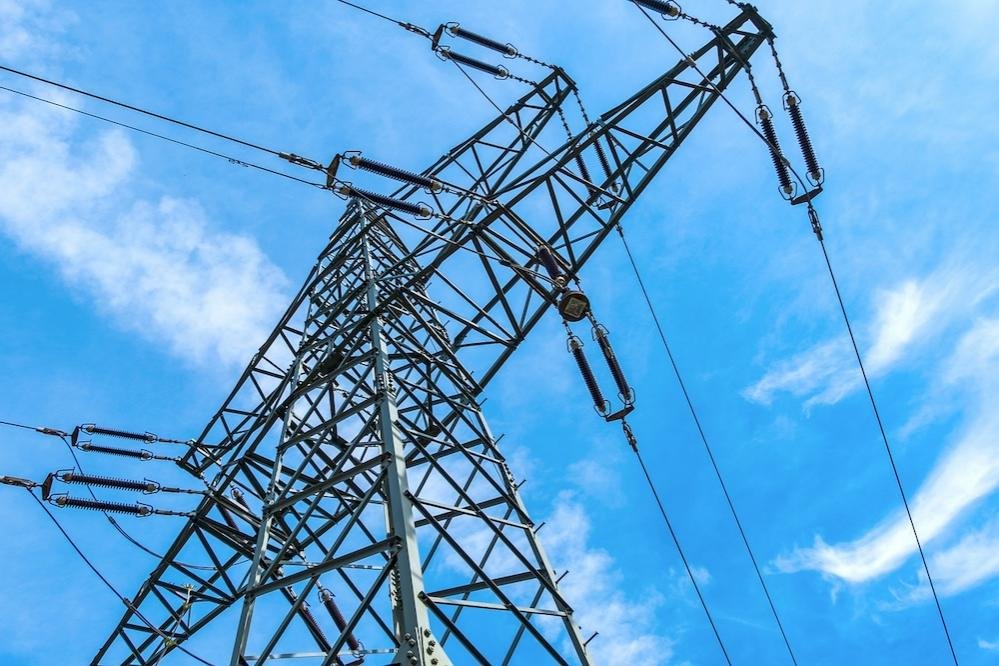Business
Utilities Cut Power to Increasing Number of Homes Amid Rising Crisis

Electric utilities across the United States are increasingly shutting off power to households, a trend highlighted in a recent report by the Center for Biological Diversity. Most of these disconnections occurred during last summer’s extreme heat, underscoring the urgent impact of climate change through more frequent and intense weather events.
Shutoffs pose serious risks to health and safety. In extreme temperatures, losing access to electricity can prevent people from using medical equipment or maintaining essential food storage. The report noted that between January and September 2024, six major investor-owned utilities disconnected customers over 662,000 times, marking a 20 percent increase from the previous year.
The utilities analyzed include well-known companies such as Georgia Power, DTE Energy, and Duke Energy. Notably, Georgia Power alone disconnected customers over 180,000 times during the same period, representing a significant rise from 2023. Other companies, including Pacific Gas & Electric in California and Arizona Public Service, also displayed rising shutoff rates, albeit at a lower magnitude.
Selah Goodson Bell, the report’s lead author, emphasized that these disconnections are avoidable. He advocates for state and local legislation that would implement comprehensive shutoff bans during extreme weather events and regulate utility rate hikes. While shutoffs are already banned in many states during cold weather, an increasing number are adopting similar protections for heat waves.
Current data on utility shutoffs is fragmented. Twenty-two states do not require utilities to report disconnections, and only a few have comprehensive and up-to-date information. The report’s authors focused on specific companies for which data is available, benefiting from the fact that they serve about 200 million customers across the nation.
Increasing financial pressures from inflation, rising utility rates, and persistent climate issues compound the shutoff problem. Goodson Bell pointed out that a primary issue lies within a “broken” utility business model, which harms lower-income customers by raising rates aggressively and enforcing disconnections when bills go unpaid. Despite these issues, the utilities’ profits surged, totaling $10 billion in the first nine months of 2024, over a 20 percent increase from the previous year. Surprisingly, less than 2 percent of these profits could have mitigated the shutoffs entirely.
Utilities like Ameren, DTE Energy, and PG&E assert that disconnection is a last resort, claiming to provide various assistance programs. In contrast, some states are paving the way for improved protections; 23 states have enacted heat-based shutoff bans, including recent measures in Washington and Virginia.
Illinois, which strengthened its existing ban by lowering the temperature threshold for shutoffs, reported a 13 percent decline in summertime disconnections. However, states like Michigan and California maintained high disconnection rates despite their temperature-based bans. Critics argue that current laws do not adequately safeguard customers, particularly those facing disconnection just before a heatwave.
Arizona Public Service, however, has successfully reduced summer shutoffs through a fixed moratorium from June to mid-October, following a tragic incident in 2018. Yet, as extreme heat affects earlier months, broader protective measures, including combining date and temperature-based restrictions, may be necessary.
Experts, including university researchers, advocate for comprehensive policies that would offer robust protections against utility shutoffs, especially for vulnerable populations. The continued rise in disconnections reflects systemic issues within utility operations that demand urgent reform.


















